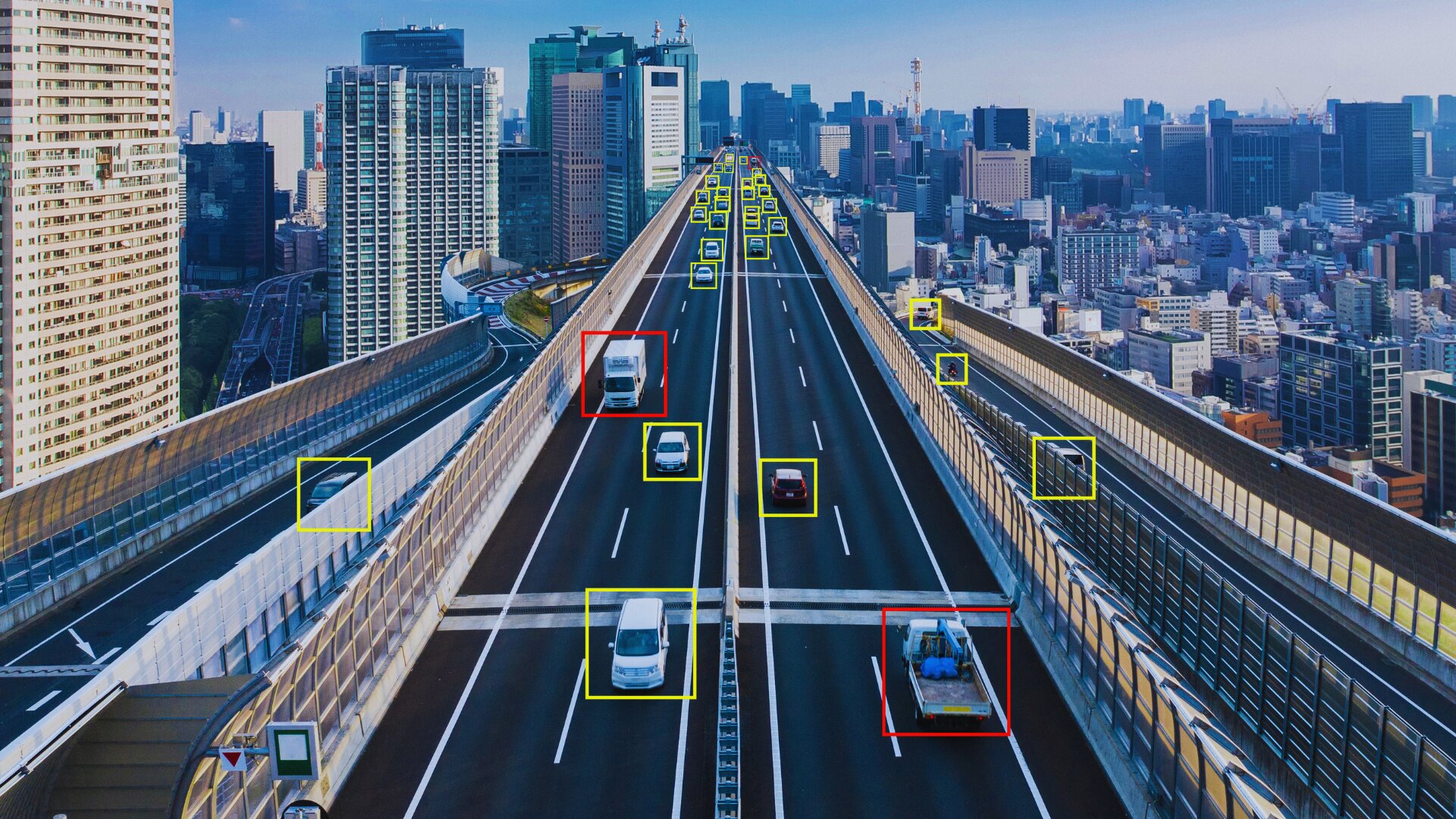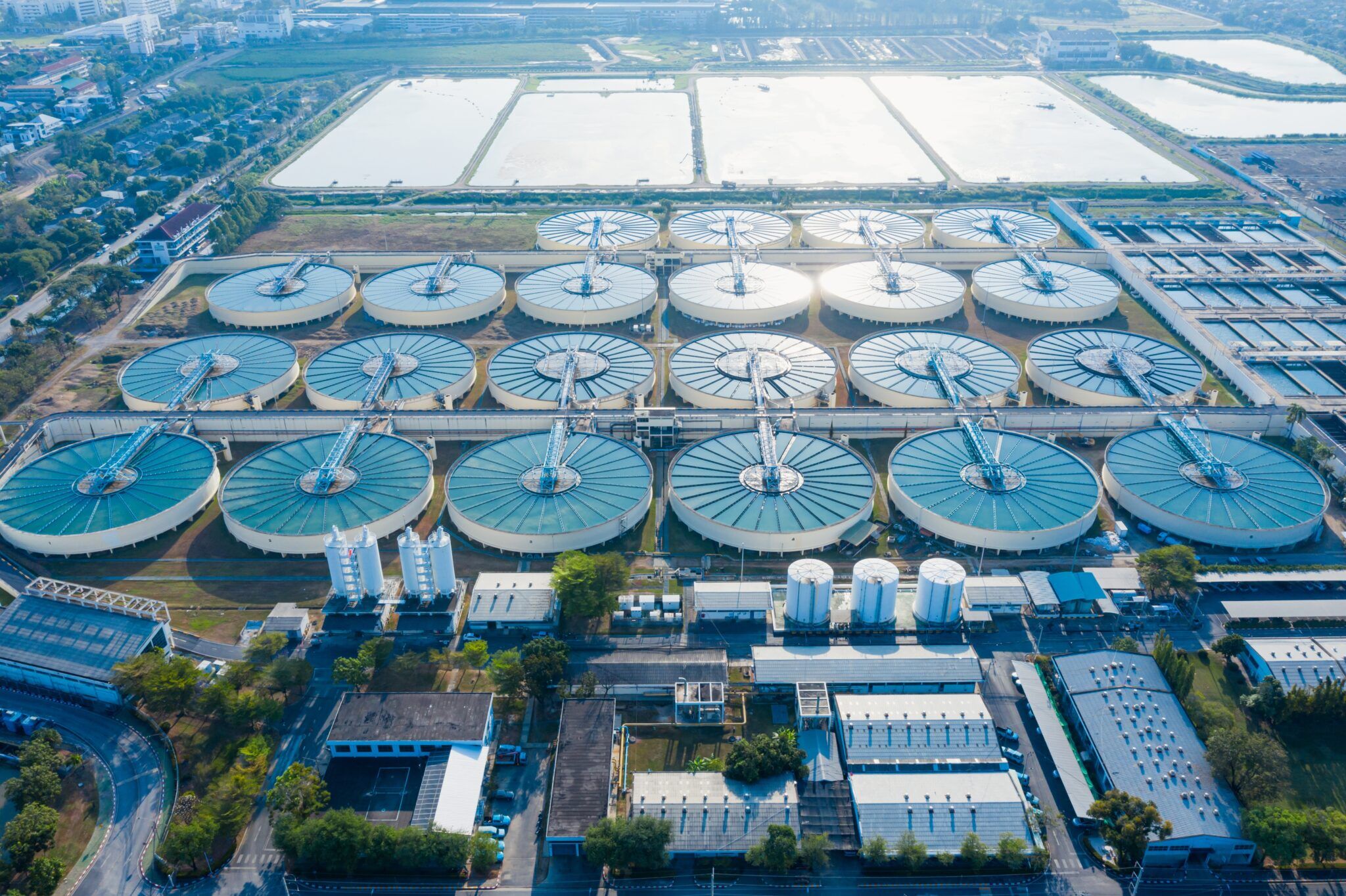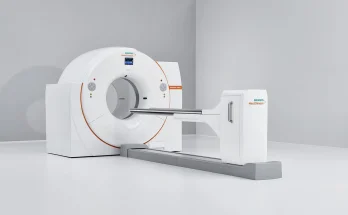JAKARTA, cssmayo.com – As urbanization accelerates, cities face increasing challenges related to sustainability, resource management, and quality of life. Smart city technologies offer innovative solutions to address these challenges, enabling cities to become more efficient, resilient, and environmentally friendly. This hands-on guide shares practical insights on how smart technologies can create sustainable urban environments and enhance the quality of life for residents.
Understanding Smart City Technologies
Smart city technologies encompass a range of digital solutions and infrastructure designed to improve urban living. These technologies leverage data, connectivity, and automation to enhance city services, optimize resource usage, and foster community engagement. Key components include:
- IoT (Internet of Things): Devices and sensors that collect and transmit data to improve city services and operations.
- Big Data Analytics: Tools that analyze vast amounts of data to inform decision-making and optimize resource allocation.
- Sustainable Infrastructure: Technologies that promote energy efficiency, waste reduction, and sustainable transportation.
Key Smart City Technologies for Sustainable Urban Environments
1. Intelligent Transportation Systems (ITS)

Smart transportation solutions aim to reduce congestion, lower emissions, and improve mobility:
- Traffic Management Systems: Use real-time data to optimize traffic flow, reducing delays and improving air quality. Adaptive traffic signals can adjust to current traffic conditions.
- Public Transportation Apps: Mobile applications that provide real-time information on public transport schedules, routes, and occupancy levels encourage the use of public transit.
- Shared Mobility Solutions: Car-sharing and bike-sharing services reduce the number of vehicles on the road, promoting sustainable transportation options.
2. Smart Energy Management

Energy efficiency is crucial for sustainable urban living:
- Smart Grids: Modernize the electricity grid with sensors and communication technologies to optimize energy distribution, reduce outages, and integrate renewable energy sources.
- Energy-Efficient Buildings: Implement smart building technologies such as automated lighting, heating, and cooling systems that adjust based on occupancy and weather conditions.
- Renewable Energy Integration: Encourage the use of solar panels and wind turbines in urban areas, supported by incentives and smart grid connections.
3. Waste Management Solutions

Efficient waste management is key to creating cleaner cities:
- Smart Waste Bins: Equipped with sensors that monitor fill levels, these bins notify waste management services when they need to be emptied, optimizing collection routes and reducing emissions.
- Recycling and Composting Programs: Use technology to track recycling rates and educate residents about waste separation, promoting a circular economy.
- Data-Driven Waste Strategies: Analyze waste generation data to develop targeted initiatives for reducing waste and increasing recycling rates.
4. Water Management Technologies

Sustainable water management is essential for urban resilience:
- Smart Water Meters: Monitor water usage in real-time, helping residents and businesses identify leaks and reduce consumption.
- Rainwater Harvesting Systems: Collect and store rainwater for non-potable uses, such as irrigation and toilet flushing, reducing demand on municipal water supplies.
- Flood Management Solutions: Implement sensors and predictive analytics to monitor water levels and forecast flooding events, enabling proactive responses.
5. Urban Agriculture and Green Spaces

Integrating nature into urban environments enhances sustainability and livability:
- Vertical Gardens and Green Roofs: Utilize building spaces for urban agriculture, improving air quality and providing fresh produce while reducing heat island effects.
- Community Gardens: Promote local food production and community engagement through shared gardening spaces, fostering social connections and sustainable practices.
- Smart Irrigation Systems: Use sensors to optimize watering schedules based on weather conditions, conserving water while maintaining healthy green spaces.
6. Citizen Engagement Platforms

Engaging residents in sustainability initiatives fosters a sense of community:
- Mobile Apps for Civic Engagement: Provide platforms for residents to report issues, participate in local decision-making, and access information about city services and sustainability programs.
- Social Media Campaigns: Leverage social media to raise awareness about sustainability initiatives and encourage community participation in local events.
- Educational Programs: Offer workshops and resources to educate residents about sustainable practices, from energy conservation to waste reduction.
Implementing Smart City Technologies: A Step-by-Step Approach
Step 1: Assess Community Needs
Conduct a thorough assessment of the community’s needs and priorities. Engage residents, businesses, and local organizations to gather input on sustainability challenges and opportunities.
Step 2: Develop a Strategic Plan
Create a strategic plan that outlines goals, objectives, and timelines for implementing smart city technologies. Ensure alignment with broader city policies and sustainability initiatives.
Step 3: Invest in Infrastructure
Allocate resources for upgrading existing infrastructure and investing in new technologies. Prioritize projects that deliver the greatest impact on sustainability and quality of life.
Step 4: Foster Partnerships
Collaborate with technology providers, academic institutions, and community organizations to leverage expertise and resources. Partnerships can enhance the effectiveness of smart city initiatives.
Step 5: Monitor and Evaluate Progress
Establish metrics to measure the success of implemented technologies. Regularly evaluate progress and make adjustments based on data and community feedback.
Step 6: Promote Awareness and Engagement
Raise awareness about smart city initiatives and encourage community involvement. Host events, workshops, and campaigns to engage residents in sustainability efforts.
Conclusion
Smart city technologies hold the potential to transform urban environments into sustainable, livable spaces. By leveraging innovative solutions in transportation, energy management, waste reduction, water conservation, urban agriculture, and citizen engagement, cities can create greener, more resilient communities.
Through my hands-on experience, I have learned that successful implementation requires collaboration, strategic planning, and a commitment to engaging residents. As cities continue to evolve, embracing smart technologies will be essential for fostering sustainable urban living and enhancing the quality of life for all residents.
Elevate Your Competence: Uncover Our Insights on Techno
Read Our Most Recent Article About Digital Tools!




